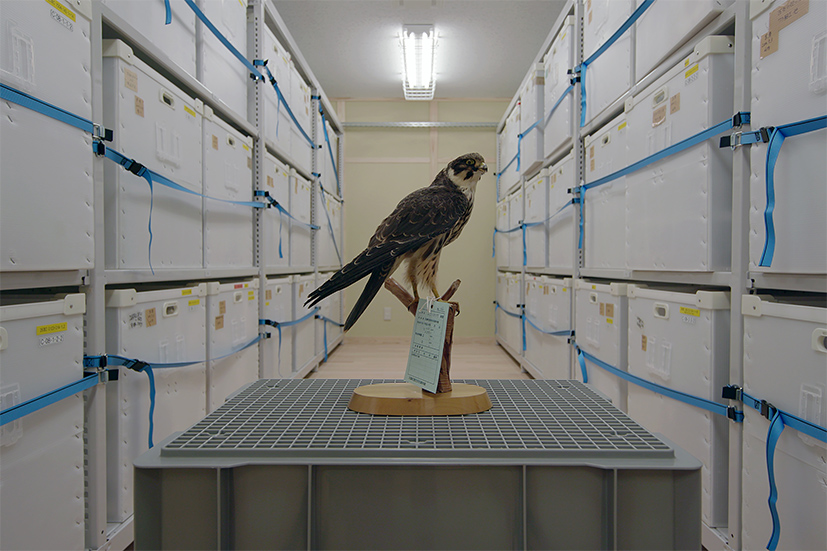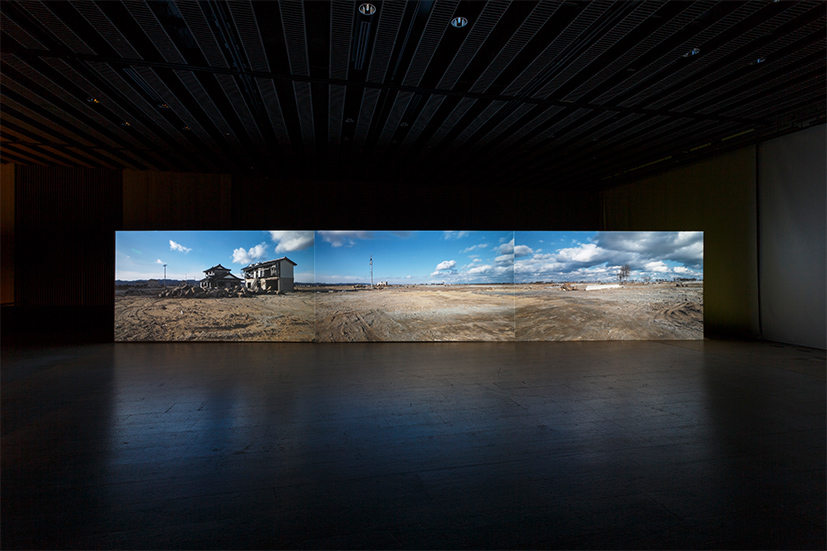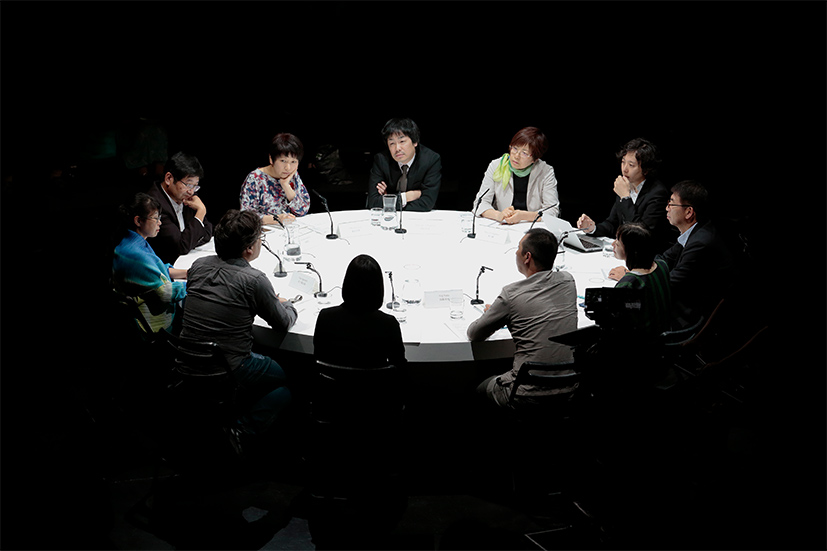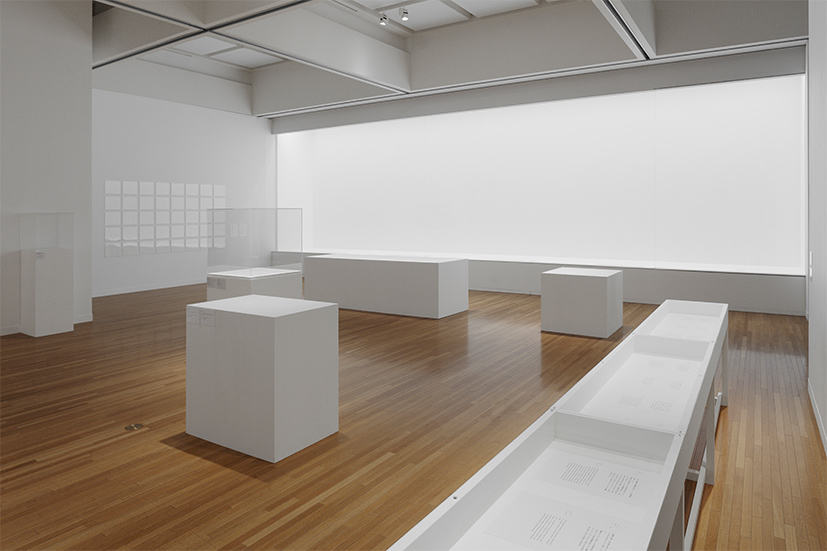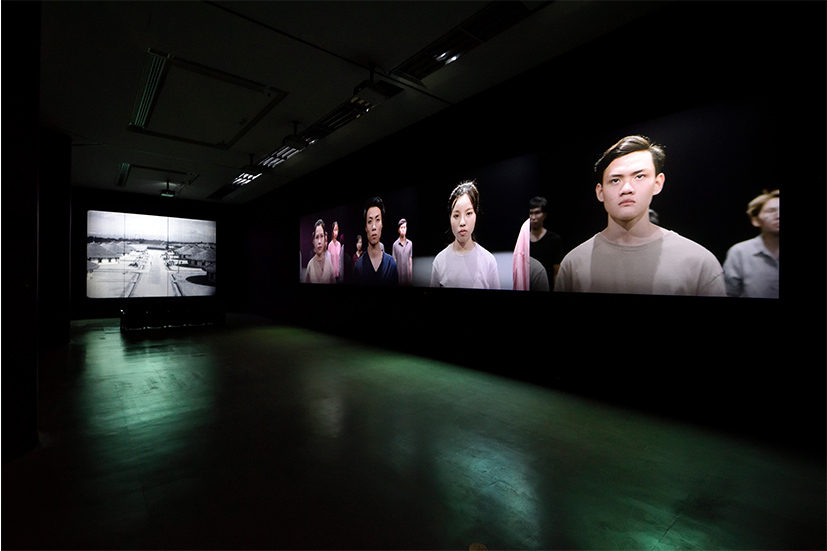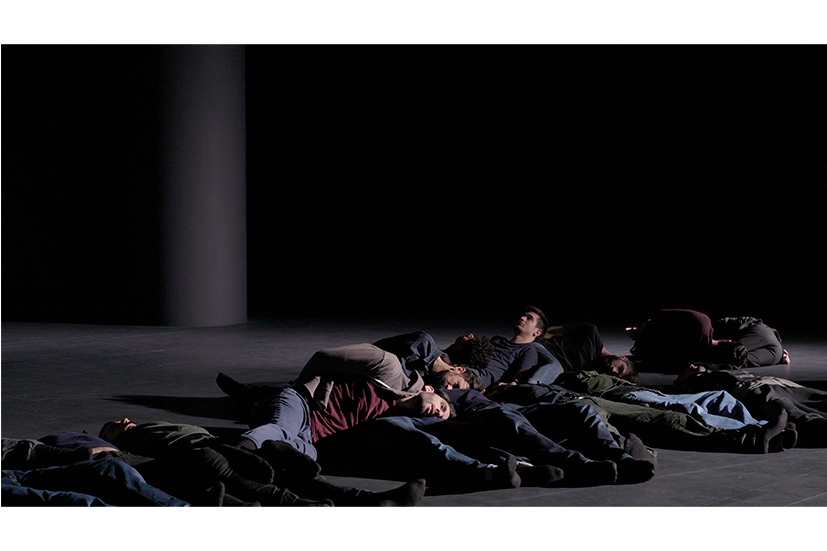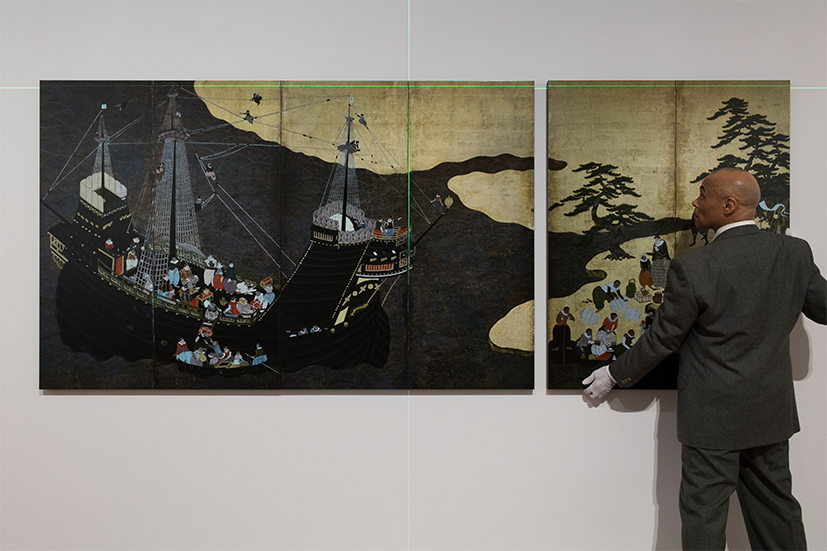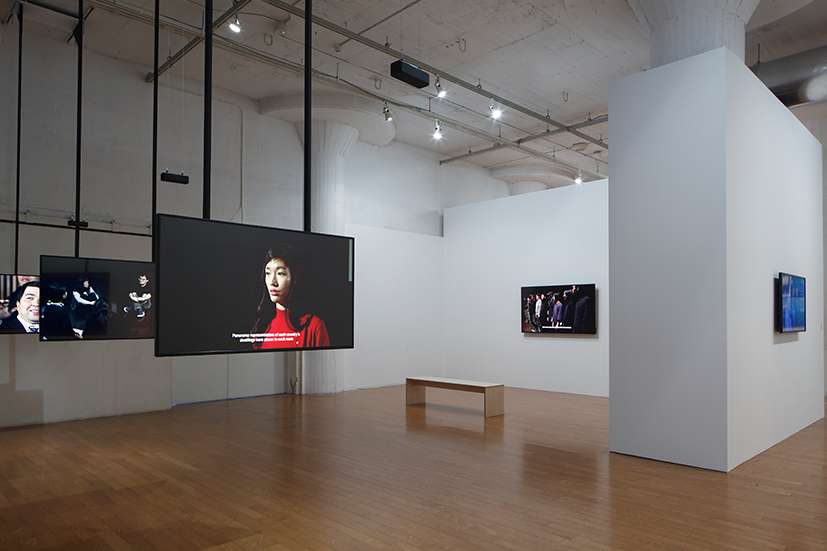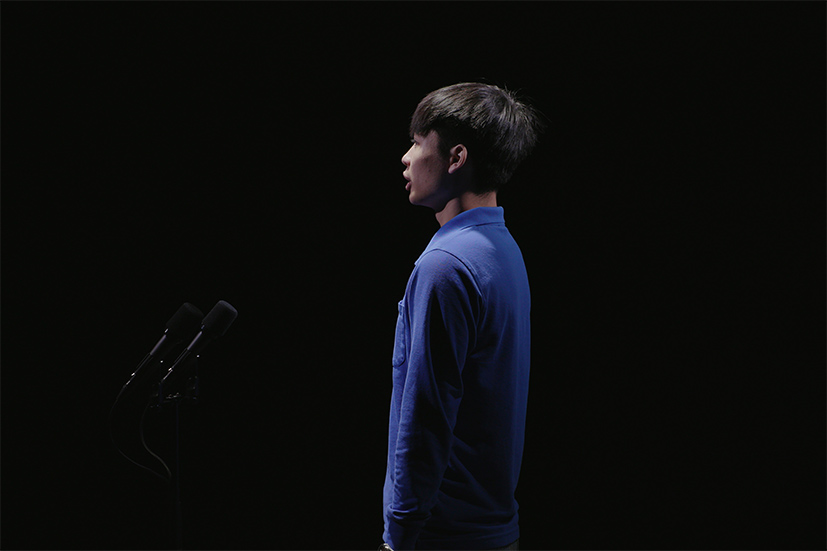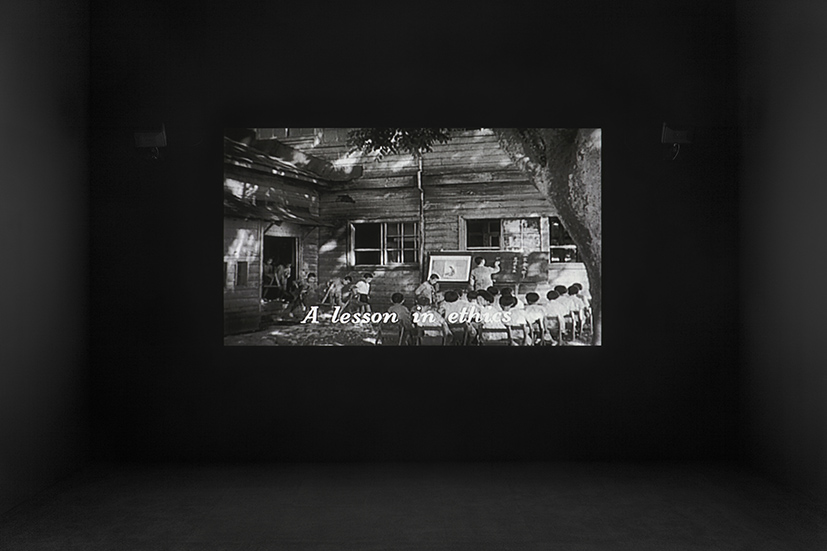Interview with an award winner
TCAA 2020-2022
FUJII Hikaru
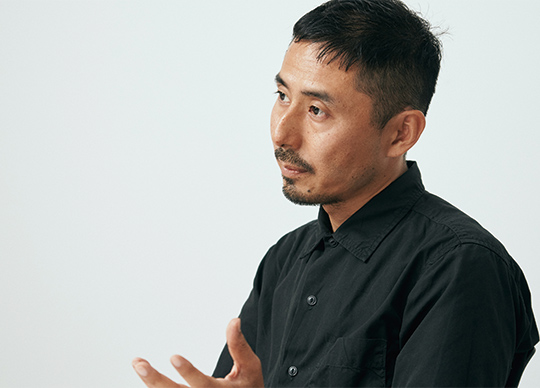
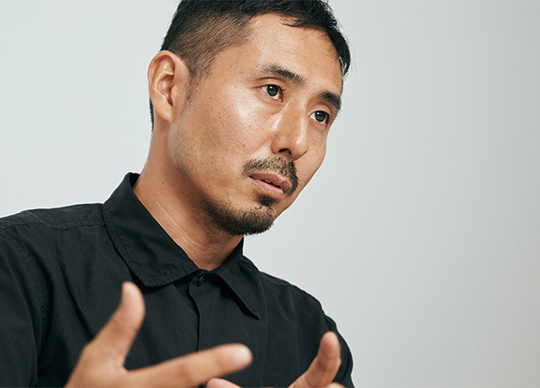
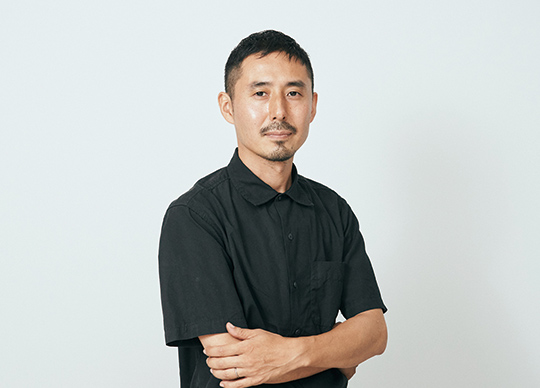
Fujii Hikaru has primarily presented video installations that rethink history on his own terms. Those works are of two orientations: using a cinematic technique, in which he creates a script based on a historical phenomenon and carries out a performance of it, and a documentary technique, in which he records the context behind its production and the situation in which the performers were placed.
“Art is created with a close connection to society and history.” Based on that thinking, he examines the cultures and histories specific to various countries or regions through careful research and fieldwork. His efforts to press deep into delicate territory, in political or social terms, in response to contemporary social issues, have attracted attention in Japan and overseas.
This award represents our high appraisal of Fujii’s work as addressing, through videos, historical phenomena and nearly lost memories with the lucid methodology and aesthetic quality to convert them into contemporary issues.
With the work currently in progress, Fujii has chosen a theme deeply connected to his own history and had planned the narration to be performed by himself. In addressing his past in the postwar context, his is an unprecedentedly subjective approach. We expect new developments from this new work, but the covid-19 pandemic has stalled his research and production.
My working style is to refrain from talking in advance about the concept or plan for a new work or my progress on it. I model my creative process on that of artists who struggled past censorship in the former communist bloc and artists who determinedly create under oppressive regimes in Asia. As in my work up till now, I can say that I produce within a collective, collaborating with other Asians, and not just people in Japan.
But now, with the pandemic and the need for social distancing, communication with sources overseas and actually going there to conduct research are difficult. I create my works through detailed conversations and negotiations that cannot happen in the sort of space composed of verbal meanings alone, as in using Zoom. Thus, I am finding it hard to move ahead. (Fujii)
In recent years, Fujii has continued to participate in many exhibitions and art festivals. He spends from one to three years bringing one work to completion, confronting a single theme and subject over that extended period. Because he works in themes intimately related to contemporary society, his style responds sensitively to social upheavals such as that caused by this pandemic and is influenced by their relationship to his creative methods and subjects.
For our final selection meeting, committee members from some regions participated remotely. It proceeded by Fujii’s presenting a lecture-performance in which he reflected on his activities and then responded to questions posed by the committee members in each country.
In my work, I address the question of critical catastrophes and the arts, a question that goes back to human prehistory. This lecture-performance has developed as I create my work running parallel to thousands of years of human history. I received questions from the committee members on my work thus far and on a wide range of topics, including the history of art that influenced me and the relationship between politics and art. As I have added years and experience, my work has become more formalized and systematic. How will I critically review that work? Can I receive guidance to refresh myself? I feel that those new outlooks are expected. I have been asking myself how I will transform myself in response to a tumultuous society. (Fujii)
The lecture-performance is a mode of expression that has been attracted attention in contemporary art and the performing arts, particularly in the last few years. In Japan, producer Soma Chiaki, who directed Festival Tokyo until the spring of 2014 and now heads Art Commons Tokyo, a nonprofit she founded, which has launched Theater Commons, has actively incorporated the lecture-performance format. She is treating it as a core means of artistic expression that transcends genre. These expressive settings that have emerged in response to contemporary needs have become a vital platform for Fujii’s creative activities.
I think of Theater Commons as the very place for contemporary art. That is because it is a place for picking up artists’ creative expression with no need to ask whether we can call this art or not, at this moment, at this time when it must be expressed here. (Fujii)
His context is an international art scene in which the lecture-performance and other creative modes that push the persuasiveness of commentary and research to the fore have become the mainstream. The global trend is to share political and social questions and go beyond regional differences and cultural spheres in discussing them. Arguably, no period in the arts’ long history has seen them as politicized as they are now.
Fujii’s creative stance has been consistently aligned with that trend, which has become a global standard. In talking about the position of the artist taking a hands-on approach to social problems, as he does, he brings up an event that has attracted worldwide attention in the field of sports.
The tennis professional Osaka Naomi announced that she will boycott a major competition to assert that there are things more important to herself and to society than tennis. (Later, in connection with the Black Lives Matter movement, she took part in tennis matches while wearing masks with the names of victims of violence against Blacks.)
If the same problem occurred among artists, artists would have no means of expressing themselves other than by abandoning their art. Today’s social networks in which we are active are places where various forces dynamically compete, exchange, and clash. Artists can align themselves autonomously through thought and dialogue, but they also encounter situations in which they are forced to change by factors external to themselves. To repeatedly assume, in advance, such forced, compulsory circumstances is my usual working style. That is because, while changing adaptively in response to circumstances, there must be not even one millimeter of slippage in my own orientation. At times, when a powerful force is operating, I may be faced with the choice of whether to fight back, to the point of giving up my creative work. I am the type to choose fighting back, even if it means halting my creative activities. (Fujii)
Also, Fujii thinks of social networks as “settings for interactions between diverse sensibilities.” For example, of the problem of the various forms of discrimination and division that are erupting now, in our “with corona” age, he says, “Art is one technique for creating a perceptual space. The time and space it creates should be a world perceptibly different from that of politics or the everyday world.”
That pride as an artist, that philosophy, is deeply connected to the artistic quality of Fujii’s visual works, which this committee has evaluated. To artists, these are difficult times, but we expect that his new work will progress steadily, even a little. He may also encounter new methodologies for responding to these critical social circumstances and present a creative universe that will make us recall vibrant visions in this troubling age.
interview, text: SUMIYOSHI Chie
